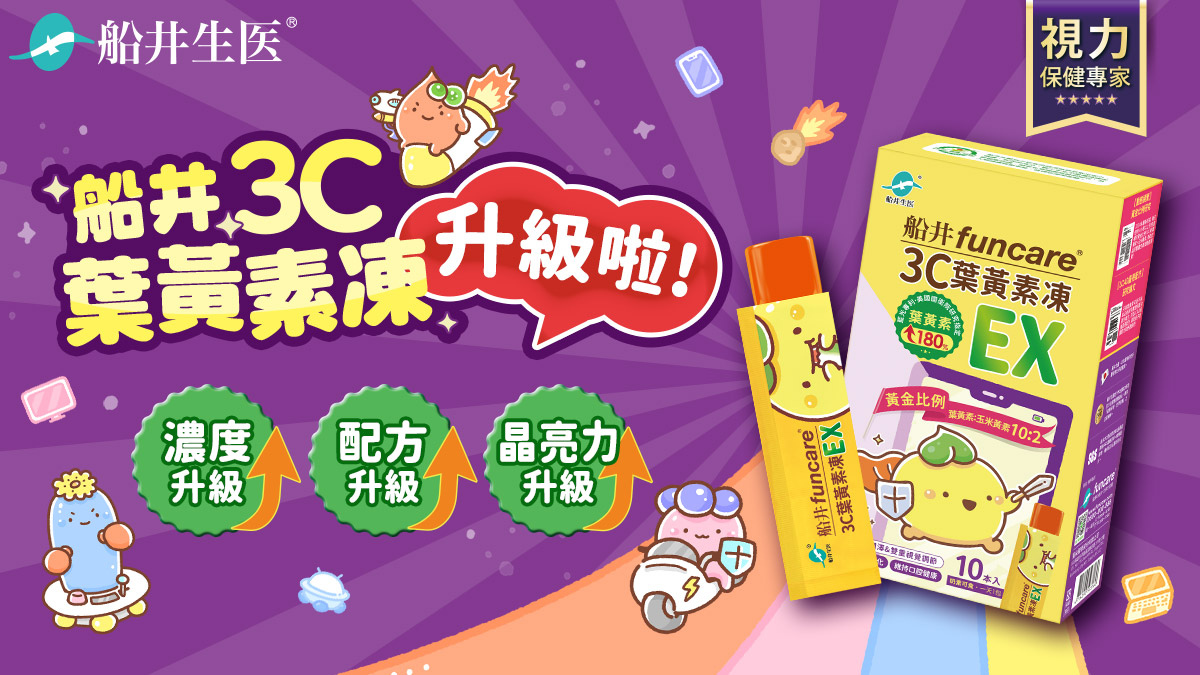Drew Struzan官方網站:http://www.drewstruzan.com/
作品簡表:
星球大戰系列 (Star Wars,1978 - 2005) - I, II, III, IV, V,VI正式/重出版電影海報,宣傳畫以及一些 產品封面
奪寳奇兵系列 (Indiana Jones,1981 - 1989) - I, II, III正式電影海報以及一些小說,相關遊戲封面
銀翼殺手 (Blade Runner,1982,2001修改) (宣傳海報/小說封面)
第一滴血 (First Blood,1982) - 正式海報
突變第三型 (The Thing,1982) - 正式海報
E.T. 外星人 (E.T. the Extraterrestrial, 1983-1990)(宣傳海報)
重回綠野仙蹤 (Return to Oz,1984) - 正式海報
撒哈拉 (Sahara,1984)- 正式海報
好萊塢特警系列 (Police Academy,1984-1987) - I, II, III, IV的正式海報
回到未來系列 (Back to the Future,1985 - 1990) - I, II, III集正式海報
鷹女 / 鷹狼傳奇 (LadyHawk,1985)- 正式海報
玫瑰之名 (The Name of The Rose,1986) - 正式海報
美國之旅 / 來去美國 (Coming to America, 1988) - 正式海報
美女與野獸 (Beauty and The Beast,1991) - 海報設計
虎克船長 (Hook,1991) - 正式海報
侏儸紀公園II (Jurassic Park: The Lost World,1992) - 宣傳設計
風中奇緣 (Phocohantas,1994) - 宣傳海報設計
割喉島 (Cutthroat Island,1996) - 正式海報
哈利波特與魔法石 (Harry Potter and the Sorcerer's Stone,2001) - 正式海報
鱷魚獵手 (Crocodile Hunter,2002) - 宣傳及正式海報
地獄怪客(Hellboy,2004)- 正式海報
一、理論部分:
1.第一張圖是用於畫白種人膚色的基本的四色。一種黃色,一種紅色,還有一種冷色,綠色和藍色都可以。同樣,白色也是需要的。如果你用有限的顏色繪畫,或者深色的調色板,黑色也是包括在內的。但是這裡我並不把黑色包括在內,我想忽略那樣的色彩直到我們真正準備好使用它。
例圖的上方是這四種基本色的調和,但是沒有陰影用色,因為這裡我們不關心那些,我們只需要膚色色調。
例圖二分之一的部分是加紅和加黃的中間色調,以及它們如何互相混合的狀態。你可以使用任何混合強度,到處嘗試一下。
【紅潤】是製作完美膚色的好主意,膚色有如此多的變化,不同的人,不同的藝術圖像。如果有人需要Drew Struzan畫哈里森.福特的頭像,他會問你希望得到什麼風格的描繪?強調繪畫性的還是追求真實感的。這是一個差別,【差別】會告訴你是否【應該】直接使用錫管中擠出的顏料。
2.Spooge的海盜圖(如下圖)是一個僅使用黃褐色的絕佳例子。他使用近乎單色的調色板,基本為暖色調。特別是黃色到橘黃色的範圍,他用這些顏色渲染了全部的中間色調,形成了非常生活化和富有感染力的畫面。在這裡,固有色被忽略了。
3.圖中所示:
- 【1】是一個單色練習,只用紅色。我用紅色範圍的3種不同色階的顏色塑造了體積。那是任何圖像的重點部分。仔細揣摩,如果沒有理解透徹,那麼繪畫將會以失敗告終,技法的努力也會白費。
這個圖像用來提示你可以使用任何顏色達到需要的效果。很明顯,這是一個關於使用單色塑造形體的例子。 - 【2】是一個雙色圖像,意味著我使用2種顏色繪畫。加上一種顏色然後調和到我需要的效果。在繪畫中,我也使用黑色和白色調節顏色的灰度,少用點黑色,不要破壞顏色的活力。
重點:
當你使用【2】的方式繪畫,並混合顏色得到陰影和暗部。你混合相對正確的顏色來符合那些部分。如果物體的陰影部分是紅色,我也需要用紅色繪畫,因為那是物體的顏色。但是陰影部分的相對值通常在最暗的部分,或者是色彩濃度變化的亮色區。亮部和暗部的色階變化僅是2-3割等級的變化(常用的色階變化知識中,黑色是1,白色是9,但是不要僅依賴學校學到的課本知識)。因此我用紅色確定暗部就像那個紅色的頭像。為了讓圖像從背景中脫穎而出,你會用很多顏色。同時,在暗部添加的藍色也要和那些紅色在一個色階等級。這是一個讓你使用顏色繪畫並保持好色階和亮度重點。 - 【3】的那張薄片用了鮮豔的紅色和黃色。大一些的那個橢圓形用了一些基本的顏色,更加適合寫實繪畫。它們都是同樣的意思,就好像Drew Struzan的繪畫,你使用色彩繪畫的時候應該考慮到色彩和色階明度的關係。
- 【4】的圖像有點深度變化,但是請仔細研究它。這張照片是典型的參考圖,如果我天真地看待繪畫藝術,我的意思是用顏色吸管吸取參考圖的任何部位,讓我的畫看起來更加真實。如果我用專業的方式來畫這張圖,我將會考慮更多。【簡化色彩】將是我考慮的最大因素。如果我們把光影放在一邊,我們只用形狀來應對,這是繪畫中最重要的東西。現在我們看一下圖標,我用了4種不同的色階明度,那是我試圖表現的最大體積轉折面的變化,而不是所有細節都面面俱到。我省略了一些細節,如果我知道如何保持畫面的興趣中心,它們會成為那4個大層次的一部分。
從所有那些我曾經學習過藝術家那裡,幾乎每個人都會說保持畫面的簡潔,保持色階的簡潔。不要超過5個層次,但是不要少於3個層次……然後我將理論部分大致總結一下。 - 1.色彩關係和素描關係的結合,就是顏色和色階層次的對應關係。很多時候我們畫的彩圖轉為灰度會顯得很糟糕,原因就是沒有安排好色彩和明度的關係。
- 2.學會簡化、概括被描繪對象,用藝術的手段省略,不要像翻版照片一樣面面俱到。層次不是越細膩越好,不要超過5個層次,但是也不要少於3個層次。
- 3.細節的刻畫要為畫面的興趣中心服務,細節要服從整體關係。
二、實例部分:
OK,在講了關於顏色的理論以後,我們通過一個簡單的實例來實踐一下。好了,開始了。這是一張參考圖,還有我使用的調色板。我並不喜歡參考圖中人物襯衣上的那麼多藍色,於是降低了那些色彩濃度。我選擇了3種色階層次或者是3種色調的顏色在調色板上,這也是我上一個教程中反覆提到的。當你先從3-4個層次開始,不要再多。2個層次的太裝飾化,5個層次太容易混淆。3或者4個層次等級是最舒適的。你可以追溯到任何巴洛克時代的大師的作品,同時在他們的繪畫作品中體會這條理論。
(1)我的第一步是大致畫出3個基本形狀,並賦予相應的色階關係。還沒有邊線,只是大形狀。
(2)現在,我需要進一步確定那些基本形的關係,如果有一些偏差,是時候去修正它們了。注意到示意圖表現的東西了嗎?我示範了我是如何理解大塊色彩的。我的腦袋裡面在想什麼?技法,理念。我只是在畫。我不是在製圖,我做製圖的行業很久了,我需要的僅是繪畫或者是發瘋。
(3)繼續繪畫,我開始精確分割臉部比例,垂直向把頭部分割為3個部分。分別為:髮際線到眉弓線,眉弓到鼻子底部,鼻子到下巴。然後開始水平方向分割臉部,兩個眼睛的中間大致保留一個眼睛的位置。然後繪製出一些五官的基本特徵形狀和線條,現在開始正式繪畫了。
【三停五眼】的五官定位理論……
(4)開始塑造臉部,我畫出基本的體積關係。因為是北面的光線,所以陰影含糊不清,給體積的塑造增加了難度。這是我選擇這個參考圖的原因。我開始注意人物臉部比較暗的部位,用了和基本色類似的色相,只是加深了顏色,表現了頭部的基本轉折面關係。
(5)設定前額的色彩關係,還有顴骨、下巴範圍的特徵。前額的顏色偏黃一些,顴骨部分的色彩偏紅一些,鬍鬚部分偏藍一些。因為襯衣的反光印象,人物的下巴部分也帶有相應偏冷的環境色映射。
(6)我開始整體全面鋪色,並作相應的色彩調整。不要擔心是否畫得【像】,只是考慮轉折面。我在作畫的時候充分理解到這些面是如何轉過去的,畫面也開始有了三維立體效果。
(7)思考和比較多方面的形體轉折關係,正面的臉部描繪是比較難出效果的。臉頰部分因為模特身後的反射屏幕,而帶有一定的鐵青色。襯衣部分也是如此。在這個步驟,我開始確定細節部分,包括皺紋,眼睛的高光……
基本完成了,我開始調整一些邊緣的虛實關係。不要遺漏重要的細節部分。同時確認起稿時候的三大主要色階關係是否還存在,這對我來說很重要。
Ok, so the first part was about tones, now this one is going to be a simple walkthrough of blocking in the stuff that is important first, and embellishing as you go. I will post a few different types of approaches, this happens to be my favorite. ITs like digital alla prima, just go for it baby!!!
So, to start, here is the reference. Here is the color palette I chose (above). I wasnt in favor of such a startling blue in his shirt, so I reduced the intensity of the chroma. Here is the three values, or three major hues I chose for the image. THis is also, repeating what I mentioned in the first painting tutorial I did, where you start with 3 or 4 values first, and nothing more than that. 2 is too graphic, 5 is too confusing. 3 or 4 are a comfortable number to work with. YOu can go back to any master painting and find this theory instilled in their work, all the way back to the baroque period.

The Palette

The Reference

SO, my first step naturally is to block in those three major values in their respectful shapes. NO outlines yet, just big forms.
Step 1 blocking in the big masses with the three main values(hues) I have chosen for this particular piece.
 |
Step 2 now I will go back in and map out my shapes linearly just to get an idea of whether or not my big shapes I started with are going to work. ANd if I have any discrepancies, now is the time to fix them...
note-I dont do this typically anymore. I am doing it to show you how I think with a big mass of color. WHat is going on in my head technically. Typically, I just paint, I dont chart, I have been charting for so long, I need to just paint or I would go crazy...
 |
 |
Step 3 Time to block in the face. SO to begin, I noted that I have picked an image washed out in big value separations, it is equivelent to north lighting. Ambiguous shadows are always harder to paint than direct light. Its harder to make a convincing rolling of the forms. That is another reason I chose this image. Making it a bit more difficult to create. The first thing I look for is the plane changes, and I note them right off. That is what is happening here. I have noted in a darker value, the receding planes on either side of the head. SInce he is front lit, I placed about equal importance to both sides of the head. The value us from the same flesh hue, only darker in tone, darker in value to help roll the head form.

 |
I am setting up the average colors for these areas without blocking them in entirely. I want to be able to make clear decisions about changes or not, and the only way I can do that is by putting swatches of color near each other to see how their relative values contrast one another.
 |
Step 5 Ok now I am going in and blocking in the rest of the color for each of the major plane changes, that is, not worrying about subtelties, just thinking in planes. And I continue to do this till the form feels like it is coming "around". Starting to feel 3 dimensional...
 |
Step 6 thinking now about all the various directions the planes of the face are facing, and concerning myself with the reflective light and how that effects the planes of the face. ANything facing towards up, will be effected very little, as it looks like there is no ceiling close to the top of his head.
Everything facing the sides is going to take on the hues of the reflector screen behind his head. SO cheeks will adapt some steel bluish tones. All the bottom planes will take on reflected light from his shirt. these will be the lightest reflected tones, and should really enhance the bottom planes, or accent them making them stand out more so than the other receding planes.
and in this step, I am also now concerned with details, age lines, highlights in the eyes, cut lines in the wrinkles of his face, etc.
 |
 |
OK, kinda short hand, but I think it works for what it is. Let me know what you all think, if it can be bettered, if there are missing steps you dont get, etc.
Thanks.















 留言列表
留言列表


